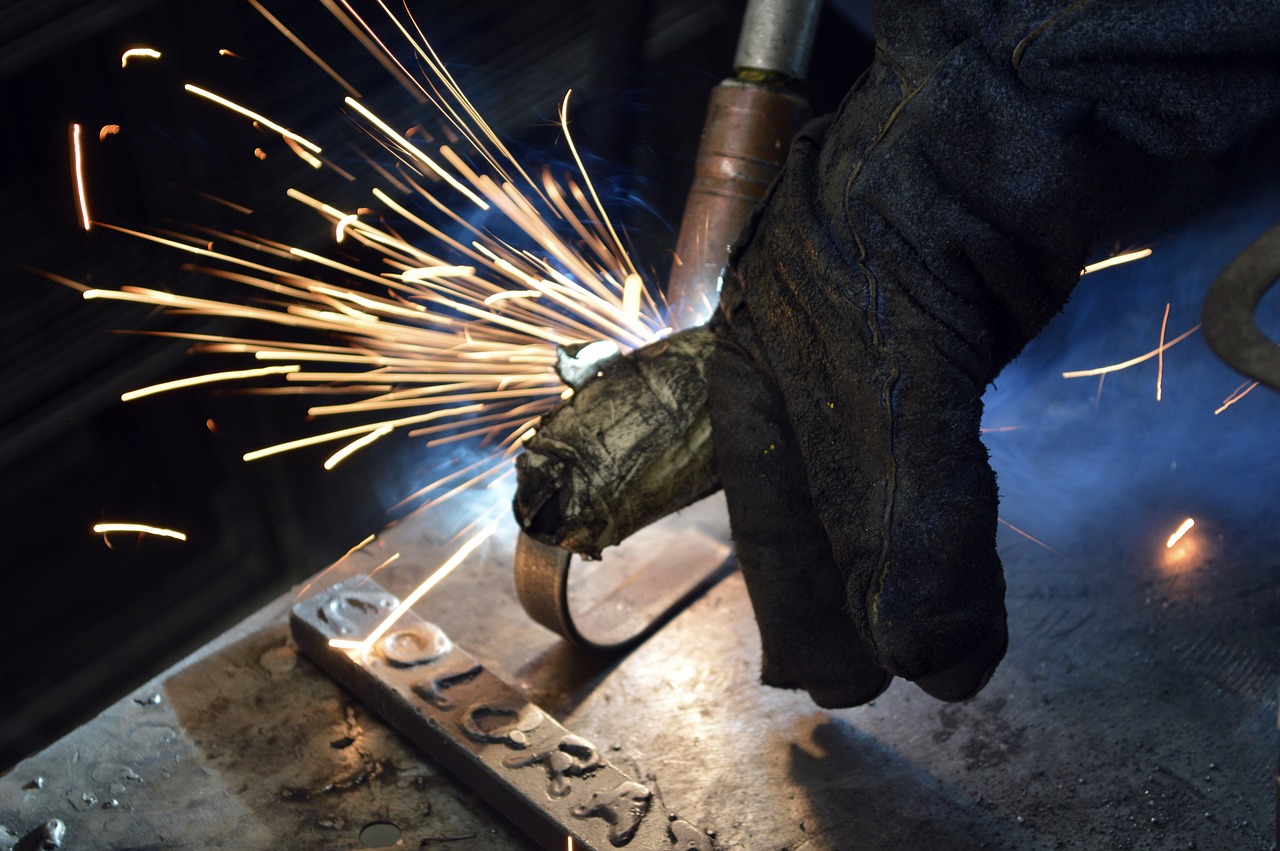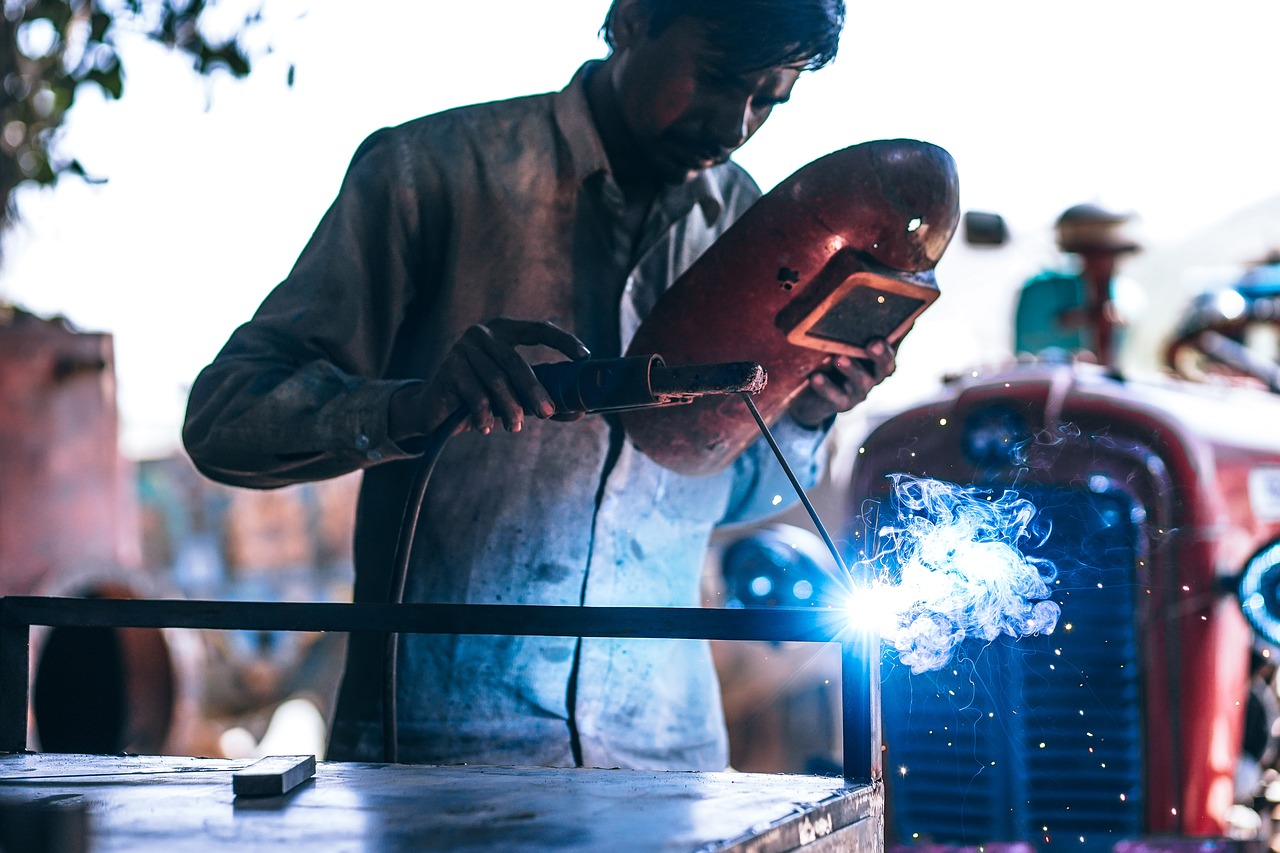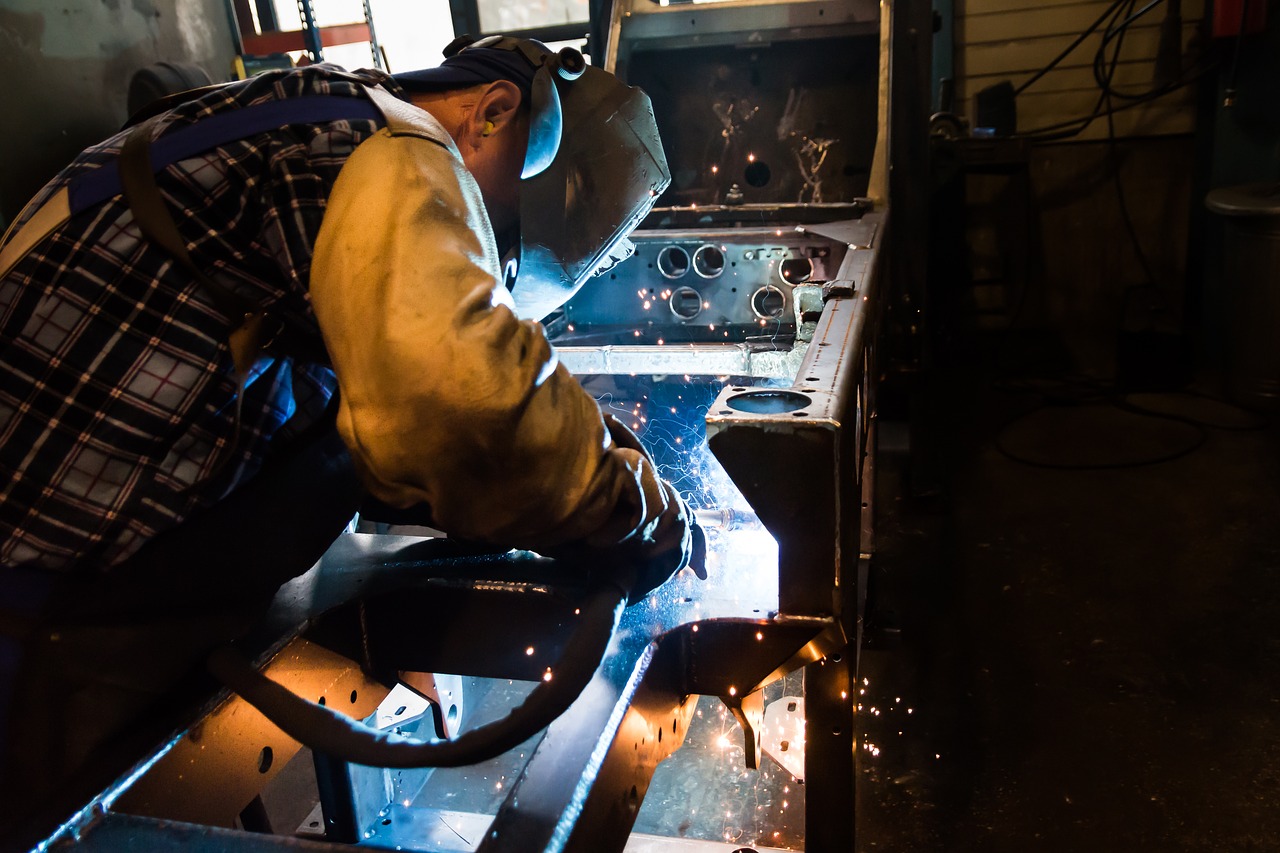[dropcap]A[/dropcap] welding machine has long ceased to be a tool only for professionals. A welding machine is a universal tool that can tackle every type of welding job: starting with the construction of buildings and ending with the repair of small details in the household.
To use the welding machine, it is not necessary to be a professional. Today on the market, there are many different welding machines that are suitable for both beginners and professionals.
So, regardless of your aim, you should know what points to consider while buying a welding machine.

Type of Welding Machine
Generally, the type of welding machine depends on the welding technique type and welding current sources.
The most common types, based on the type of welding technique, are shielded metal arc welding (SMAW), gas metal arc welding (GMAW/MIG), gas tungsten arc welding (GTAW/TIG), flux cored arc welding (FCAW), and plasma welding arc (PAW).
Shielded Metal Arc Welding (SMAW)
This is the basic technique, known as arc or stick welding. The stick uses an electric current to form an electric arc between the stick and the metals to be joined.
Mainly, it is used to weld heavy metals (size 4 mm and above) in the industry.
Gas Metal Arc Welding (GMAW/MIG)
The electrical current creates the arc between the wire and the metal, melts the wire, and creates a precise weld. The protective atmosphere is provided by a shielding gas (inert gas or CO2).
Usually, it is the most popular welding type both for professional and domestic use. Aluminum, mild steel, magnesium, nickel, copper, and stainless steel can be welded with this type.

Gas Tungsten Arc Welding (GTAW/TIG)
This is a complex arc-welding process, which requires the necessary skills and experience. It is not suitable for novices.
The welding principle is as follows – a non-consumable tungsten electrode is used to run an electrical current through metals (stainless steel or aluminum, magnesium, and copper alloys). Protection against oxidation is provided by an inert gas. Most commonly, it is used by professionals for handling various tasks.
Flux Cored Arc Welding (FCAW)
The welding principle is similar to SMAW, but the flux-cored wire is used, and a protecting gas isn’t always needed. Mostly, this welding type is used in construction, and it is possible to weld alloy steels, cast iron, and non-ferrous metals.
Plasma Welding Arc (PAW)
The principle of operation is the same as GTAW has. The difference is that a mixture of argon, nitrogen, and hydrogen (known as plasma) is used as a shielding gas.
This welding technique is used for welding stainless steels, tungsten, molybdenum, nickel alloys in the aviation, food, dairy industry, and instrumentation.
According to the principle of the source of the welding current, welding machines can be of the following types: welding transformers, welding rectifiers, and inverter welding machines.
Transformers are characterized by an affordable price, high durability, and high efficiency. The disadvantages include greater weight and the necessity of buying the alternating current electrodes.
Welding rectifiers consist of a transformer, a rectifier unit, and devices that provide start-up, adjustment, and protection. Compared to transformers, they provide more stable operation and better weld quality. However, they are too bulky, and they are not always suitable for domestic use.
Inverter welding machines, with their innovation and weld quality, are the most popular welding machines today. This portable and convenient inverter machine uses a high-frequency current, so the welds are precise. Besides, it has a precise adjustment of the welding current, therefore, it is suitable for a wide range of welding tasks. Often, inverters have some additional features that facilitate the work. These include Hot Start (facilitates ignition), Arc Force (provides additional amperage during low voltage), and Anti-Stick (prevents sticking of the electrode).
What Size Welder Do I Need
A universal solution doesn’t exist. The size of a welder depends on different factors, including the purpose of use, the welding process, and the thickness of metals. Generally, the stronger the weld is, the more power requires a wire to produce this weld. Here’s a short summary that will give you a general idea of what size will meet your needs.
For light repair work on steel, stainless steel and aluminum from sheet metal to material 3/16-inch-thick – a 130-amp MIG or TIG unit with a 20 or 30 percent duty cycle can perform many of the welding jobs required.
If you plan to work with thicker metals (over ½ inches), then you need a MIG/TIG welding machine with at least 200 amps. As for the duty cycle, it should be at least 40 percent.
Welding Machine for Home Use
If you are a “do it yourself” type person, then buying a welding machine can be a good investment. You can do either complex welding jobs (if you are qualified enough) or carry out minor repairs. In any case, you will save time, money, and you can control the process from the beginning to the end.
Lotos MIG140 140 Amp MIG Wire Welder Flux Core Welder
It doesn’t matter whether you weld with GMAW (MIG) or choose flux core wire (FCAW), with this welding machine, you’ll get amazing performance and quality at an affordable price. This welder can tackle both minor repairs and big projects.
| Pros | Cons |
| It is reliable and durable.
It is suitable for welding mild steel, stainless steel, aluminum, and other metal materials. It’s easy to switch from GMAW to flux core welding. The wire feeder speed and welding voltage can be adjusted precisely. |
A spool gun isn’t included.
Some customers claim that they can’t get the penetration needed on 3/16 steel. Wire feed can “stick.” There is a lack of interchangeable accessories. |
Lincoln Electric K2278-1 Handy Core
Lincoln Electric K2278-1 Handy Core with the great price-quality ratio is perfect for home use. It is easy to set, so even novice users can weld.
| Pros | Cons |
| Portable and durable.
Easy to use. Welds up to 1/8-inch mild steel. |
It is suitable only for simple tasks. |
Hobart 500554001 Handler 190
Household repairs or heavier farm projects can be handled by this powerful welding machine. With 7 voltage selections and infinite wire feed speed control, professional results can be achieved at home.
| Pros | Cons |
| Compact and durable.
Built-in gas valve. Welds 24 ga. to 5/16-inch steel in a single pass. It is easy to adjust. |
There is only a 230v plug. |
Bottom Line
So, owning a welder has a number of undeniable advantages. You can solve any problems quickly, control the process, and change the result if necessary. In addition, you will save money and time because you’ll do the work yourself using a universal welding machine. All you need is to find one that will meet all your requirements and will make welding easy and efficient.
More information see on schweissgeraet-testsieger.de







